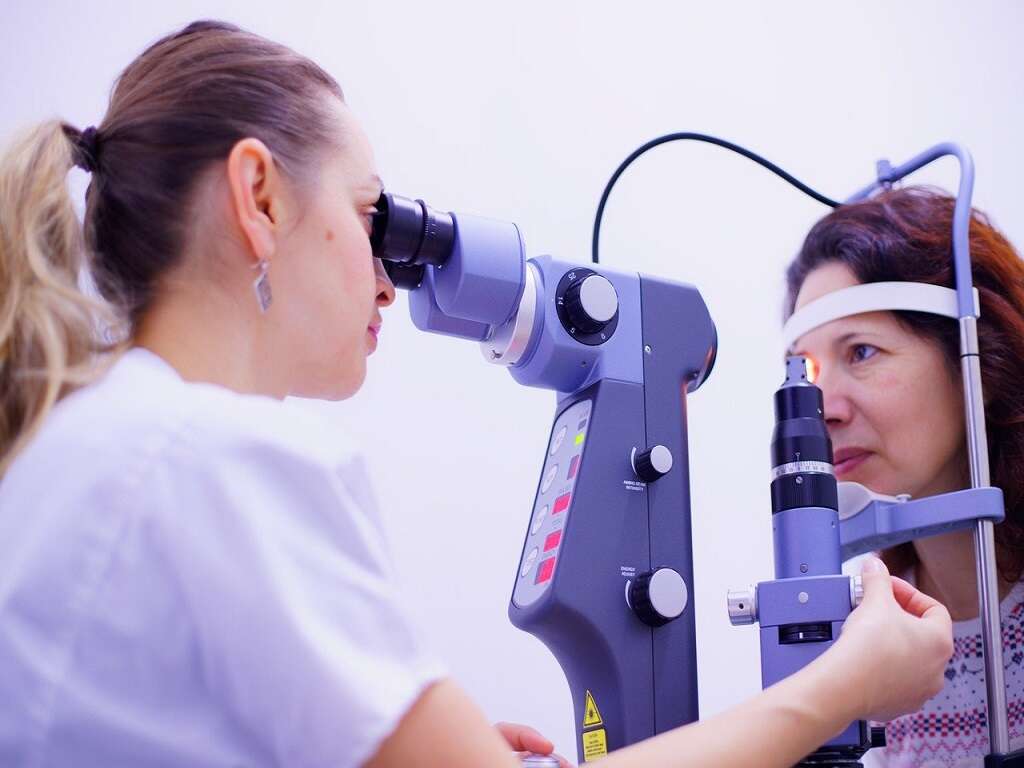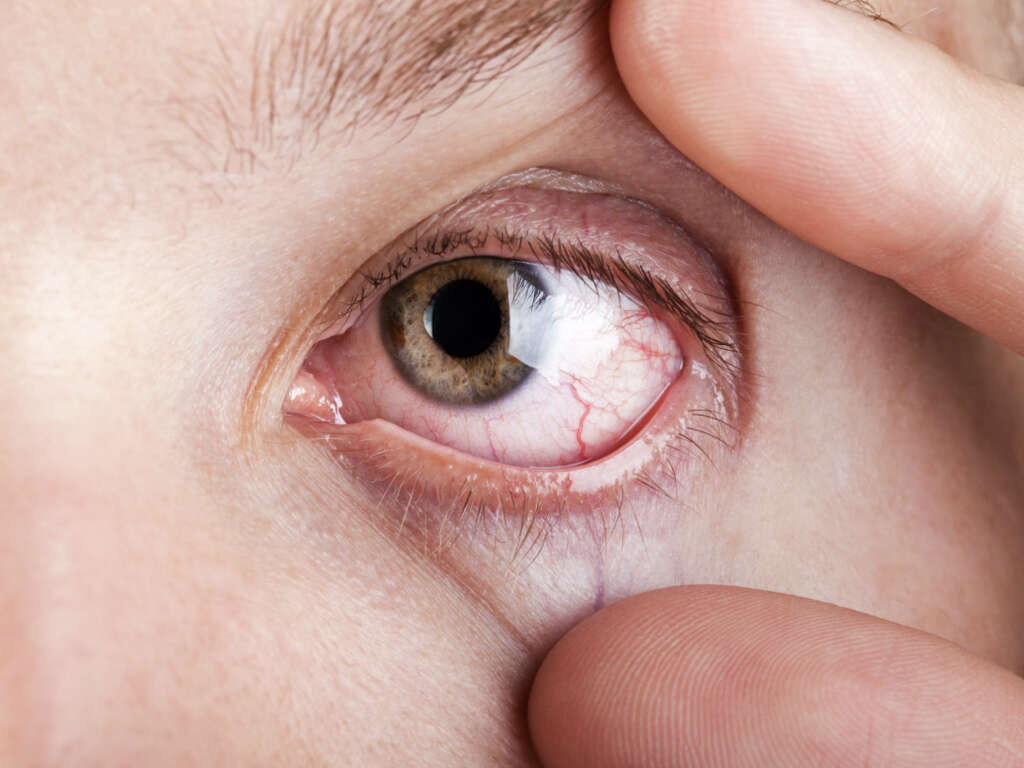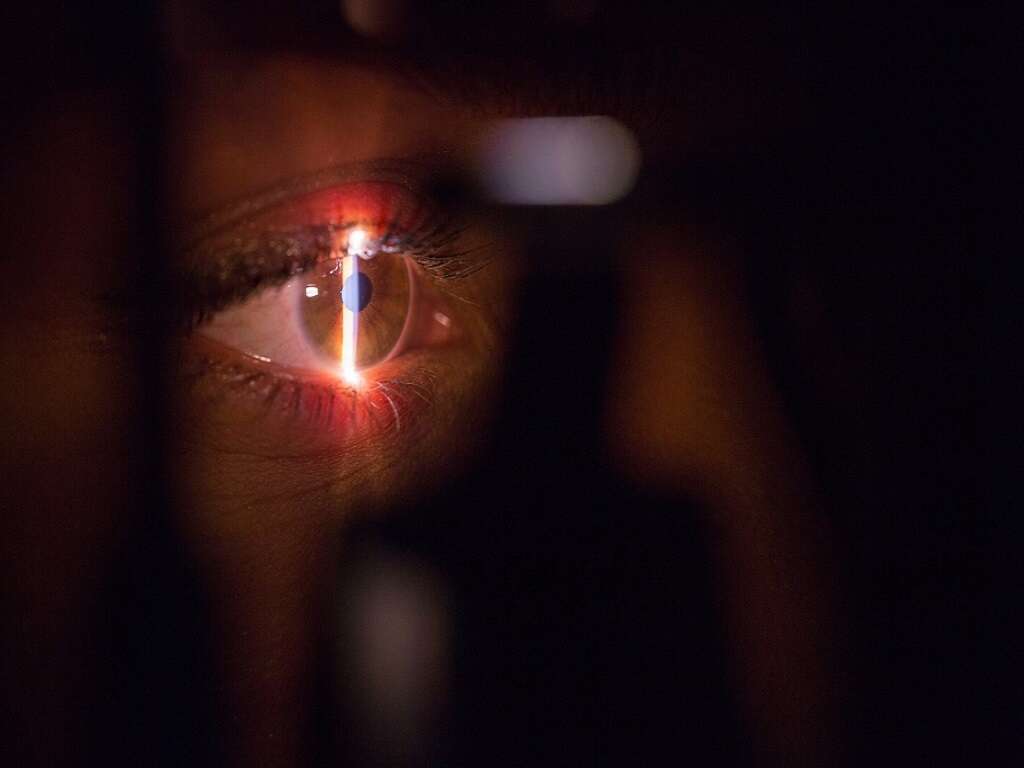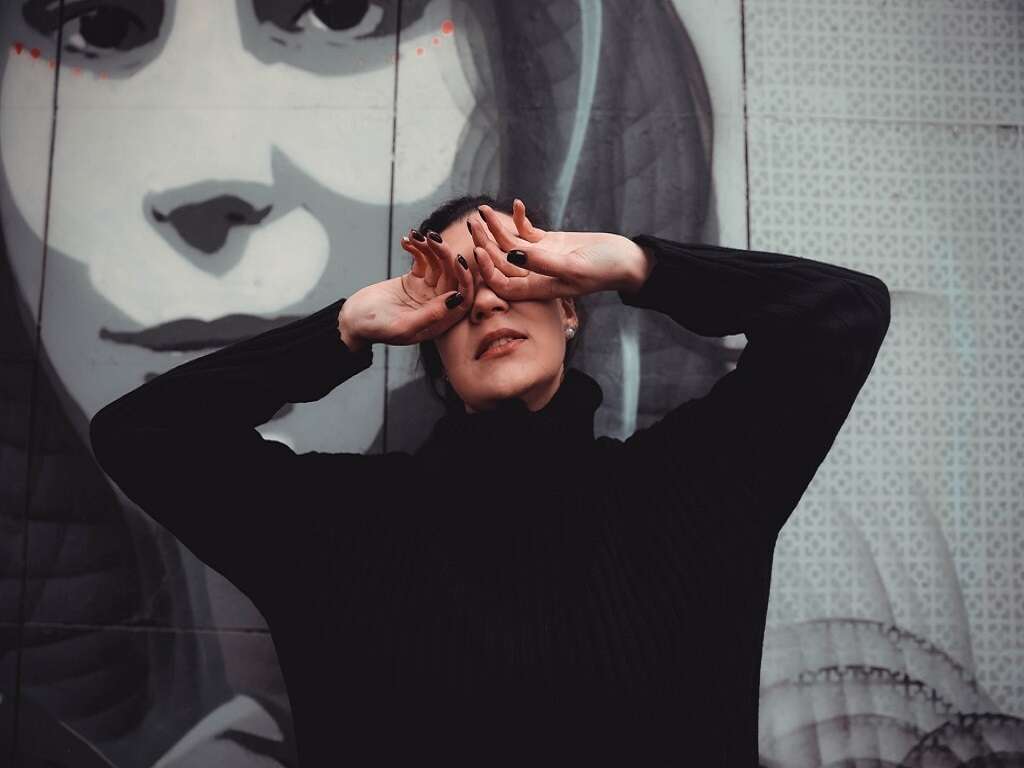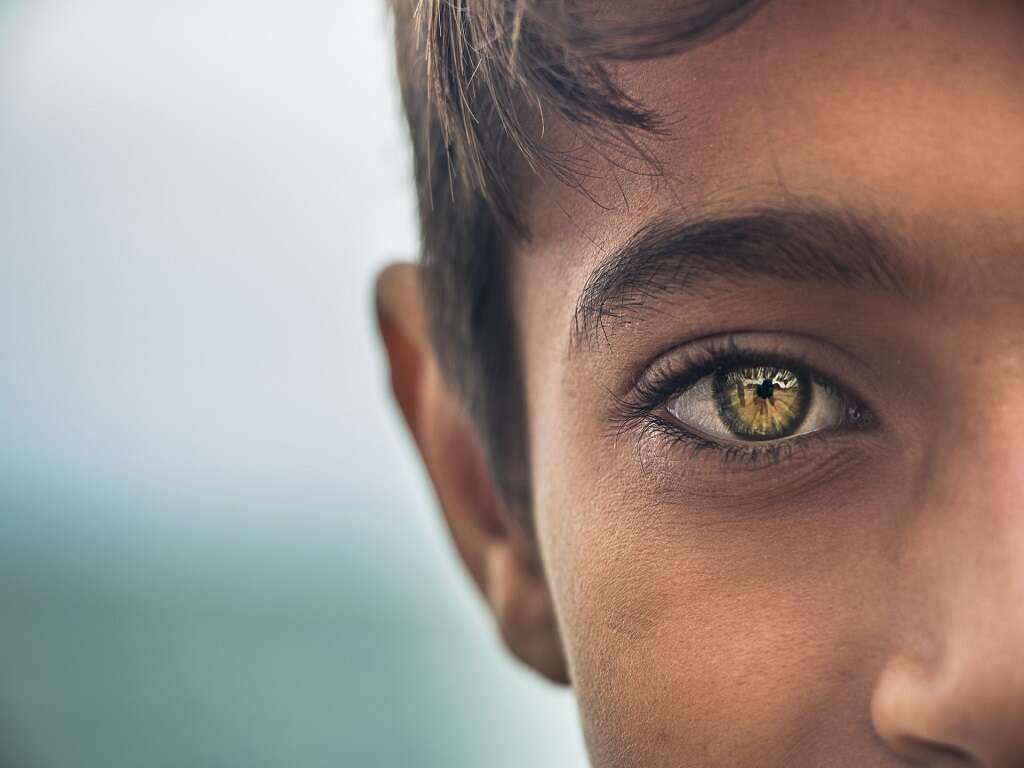10 Strabismus Symptoms
Strabismus is the medical term that describes a condition more commonly referred to as ‘being cross-eyed.’ People who struggle with being cross-eyed have a problem in which both of their eyeballs don’t align, meaning they aren’t able to focus on the same object with both eyes. This can lead to a number of issues with focus and can even make certain situations dangerous. There are a number of symptoms associated with strabismus.
There are also a number of things that can cause the condition. Most of these causes are a result of some problem with the muscles that the eye uses to focus. Each eye has a set of six muscles that work together to help the eyes look at the same things. Unfortunately, some people – like those with strabismus – have some sort of issue in which the muscles of the eyeball don’t work in tandem. This leads to the patient’s eyeballs looking at different things and an inability or difficulty focusing on certain things.
The result is that the brain receives two different images, whereas someone whose muscles are functioning properly will receive two sets of the same image. Many patients with strabismus have learned to unconsciously ‘ignore’ one of these images, usually the one that is sent through the weaker eyeball.
If you’re struggling with strabismus, you might think that it’d be easy to tell. Unfortunately, not everyone is able to recognize the difference in their eyes when they look into a mirror and it’s not always the case that someone will inform you if you struggle with the problem. It can also be hard for a parent to be certain as to whether or not their child is struggling with strabismus. If you’re worried that you or your child are developing strabismus it can be useful to read a list of symptoms and decide for yourself if you should seek treatment. It’s important to seek treatment for strabismus early on because if it is left to progress then it can develop into more serious conditions.

Symptom #1: Crossed Eyes
The most common symptom of strabismus, and the most easily observed symptom, is that of having crossed eyes.
Patients with the condition often have one eye that points more towards one side which gives them the appearance of having their vision ‘crossed.’

Symptom #2: Double Vision
Patients with strabismus may notice that they experience double vision. This is a problem that occurs when the images being sent to the brain by the eye are not sent in tandem. Many people have experienced this when they have drank too much alcohol, but people with strabismus often have to deal with this problem incessantly.
People who are born with the condition, however, may never be aware of the double vision. This can either be because they have become accustomed to it since they have never known anything else or because the brain effectively ‘cancels out’ the image sent to the brain by the weaker eye. Double vision can be confusing and disorienting and can make it difficult for someone to do something like drive a motor vehicle.
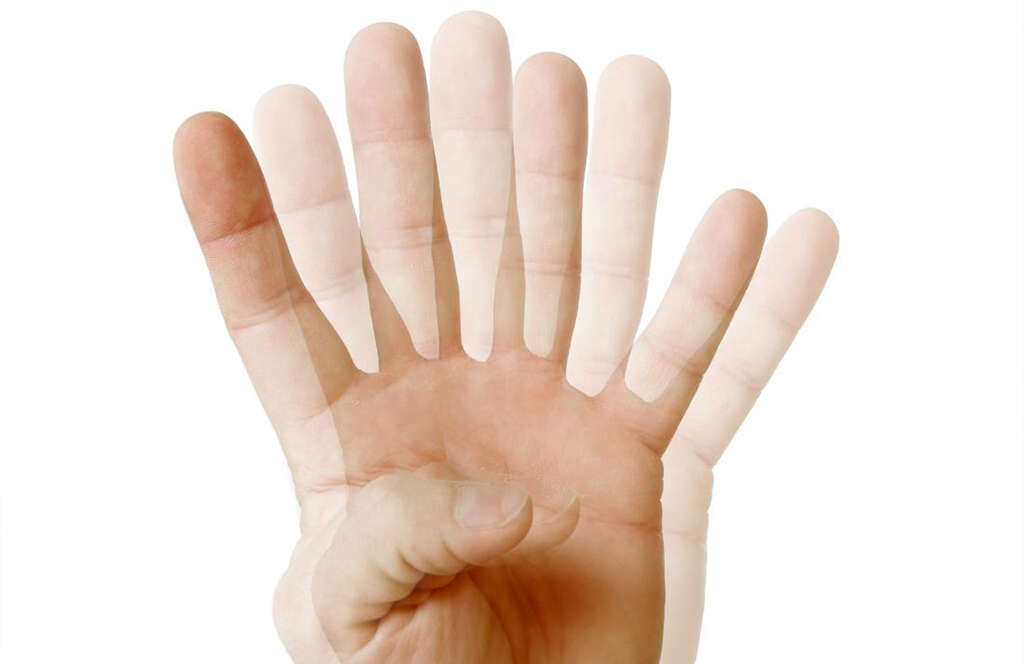
Symptom #3: Eyes Pointing in Different Directions
In addition to having one eye looking in a different direction, many people with strabismus have been observed with their eyes pointing in opposite or different directions.
This can make it very hard for patients to see things properly and can make it immensely difficult for them to focus on a single object or to maintain concentration on a physical activity.

Symptom #4: Eyes Not Moving Together
One of the reasons that it can be so difficult for a person with strabismus to focus on a single object or to maintain eye contact is because their eyes sometimes don’t move together.
They may be able to shift their focus with one eye, but their other eye may remain pointed in the same direction that it was prior to their shift of attention. This is one of the reasons that many patients end up with eyes pointing in opposite directions.
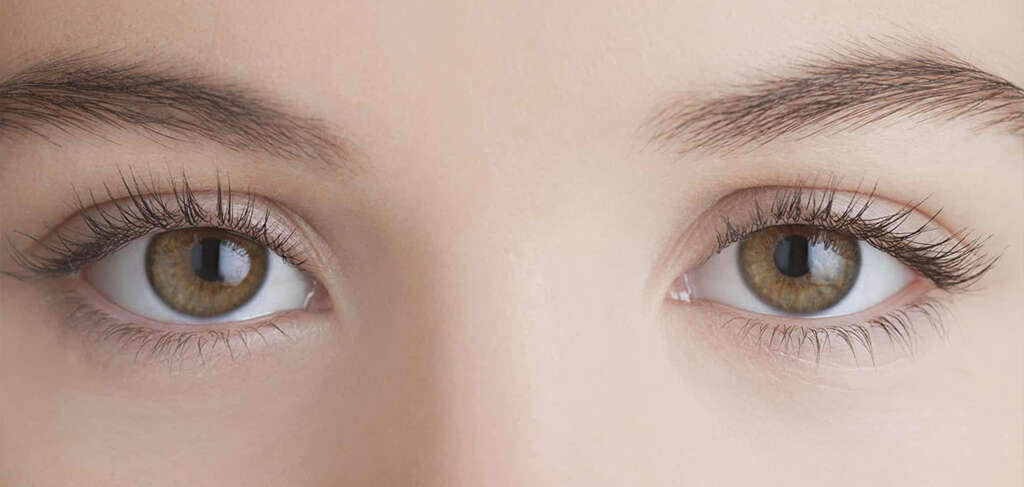
Symptom #5: Difficulty Maintaining Eye Contact
There are several reasons why someone who struggles with strabismus may have a hard time maintaining eye contact.
One of the reasons for this is because it can be difficult for them to control the motion of both of their eyes and it can be hard for them to focus on any single point.
Another reason for this may be through the fault of the person whom they are trying to make eye contact. If someone is unaware of the condition or has never seen someone with strabismus, they may be curious by the patient’s eyes and unable to maintain eye contact on their own.

Symptom #6: Problems with Depth Perception
One of the most difficult things for a person with strabismus is maintaining their sense of depth perception.
This can make them more prone to knocking things over and can make it difficult for them to properly judge the position of an object, such as a cup. This can make it much more difficult for them to pick things up or put them down.

Symptom #7: Loss of Vision
If strabismus is not treated, over the years it can contribute to a loss of vision. Losing vision is normal, to some degree, as a result of the aging process.
However, this process can be greatly accelerated in someone who struggles with strabismus. In some cases, getting eyeglasses can help to rectify the solution.

Symptom #8: Squinting with One Eye
Many people who have strabismus have a tendency to squint or entirely shut one of their eyes. This is done because it prevents the brain from receiving two separate images at the same time.
This can make it a lot easier to process reality and tends to make one much less distracted. Keeping one eye shut helps patients with strabismus maintain their focus and concentration.
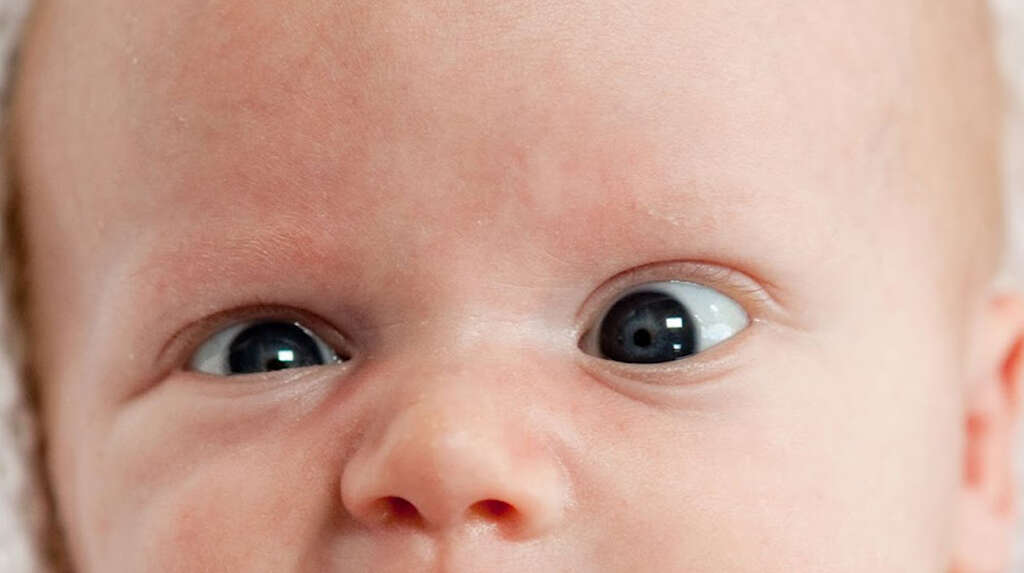
Symptom #9: Tilting Head to One Side
Many people may notice that people who struggle with strabismus sometimes tilt their head to one side. This is quite common in children who have the condition.
This is often done in an attempt to compensate for the distorted vision that they are receiving as a result of their eyes sending two separate images to their brain.

Symptom #10: Headaches and Eye Strain
There are also a number of physical symptoms that can emerge when someone is struggling with strabismus. Two of the most common, which often go hand-in-hand, are headaches and eye strain.
Eye strain can emerge as a result of the effort a patient puts in to trying to focus properly on a single image, and headaches often emerge as a result of eye strain.




